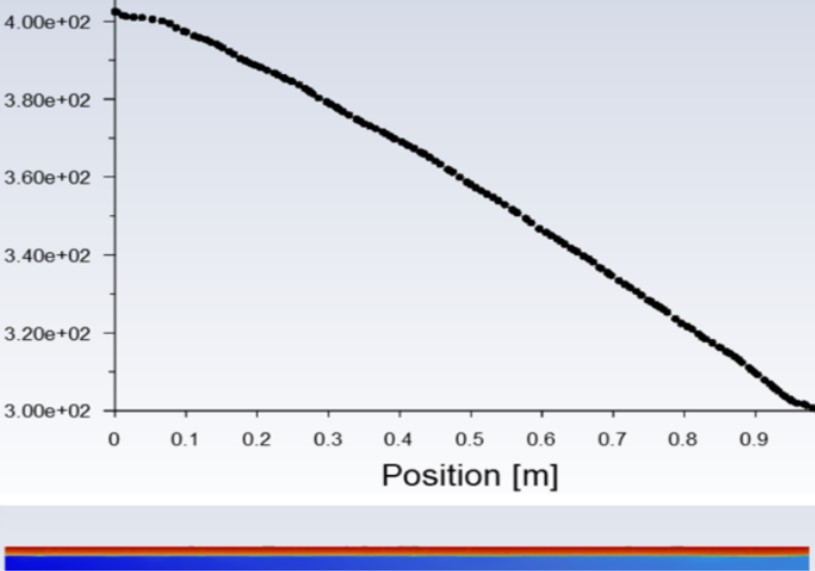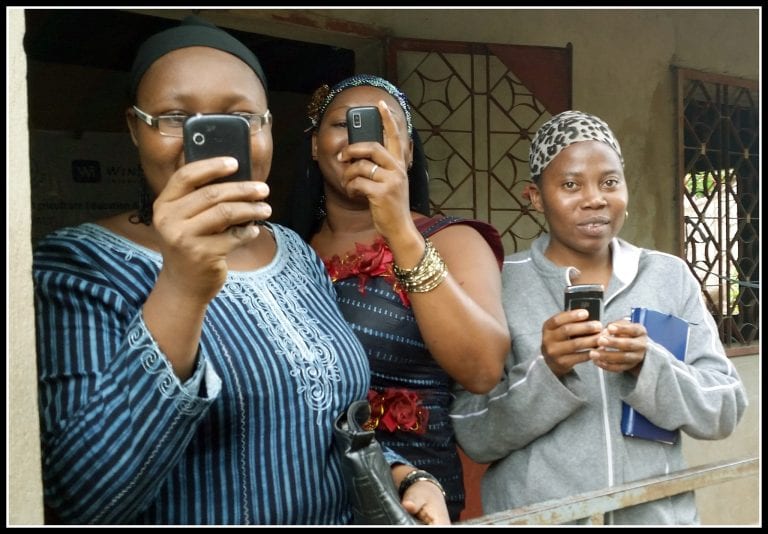Simulations for Supercritical Water Oxidation Technology
Sewage is a worldwide issue, primarily consisting of 99% water that carries various domestic wastes. These wastes originate from activities such as kitchen use, bathing, laundry, and the disposal of human waste. Sewage also contains toxic organic contaminants, including substances like PFAS (per- and polyfluoroalkyl substances), which pose environmental and health concerns.
High energy consumption and operating costs have, to a great extent, restricted the successful commercialization of the Supercritical Water Oxidation (SCWO) process. Therefore, the objective is to implement design modifications that facilitate the effective preheating of the inlet of reactants by utilizing the heat generated by the reactor.
Beyond the Dome is developing SCWO technology to provide treatment for biosolids and harmful organics, transforming them into non-toxic substances and water.
This project aimed to reduce the energy intensity of the process by utilizing the heat generated by the reactor to preheat the biosolids. The goal was to optimize the design in order to minimize pressure loss during the preheating and flow stages. Additionally, the project involved conducting heat transfer analysis to optimize the preheating process for biosolids or solids before introducing them into the reactor while also optimizing the reactor diameter based on the pressure head loss within. This was achieved through several computational fluid dynamics simulations, iterating variables that allow for a better understanding of the process and ways to improve it.

Guidance plot for optimization of geometry. Attribution: Yaman Sahu
